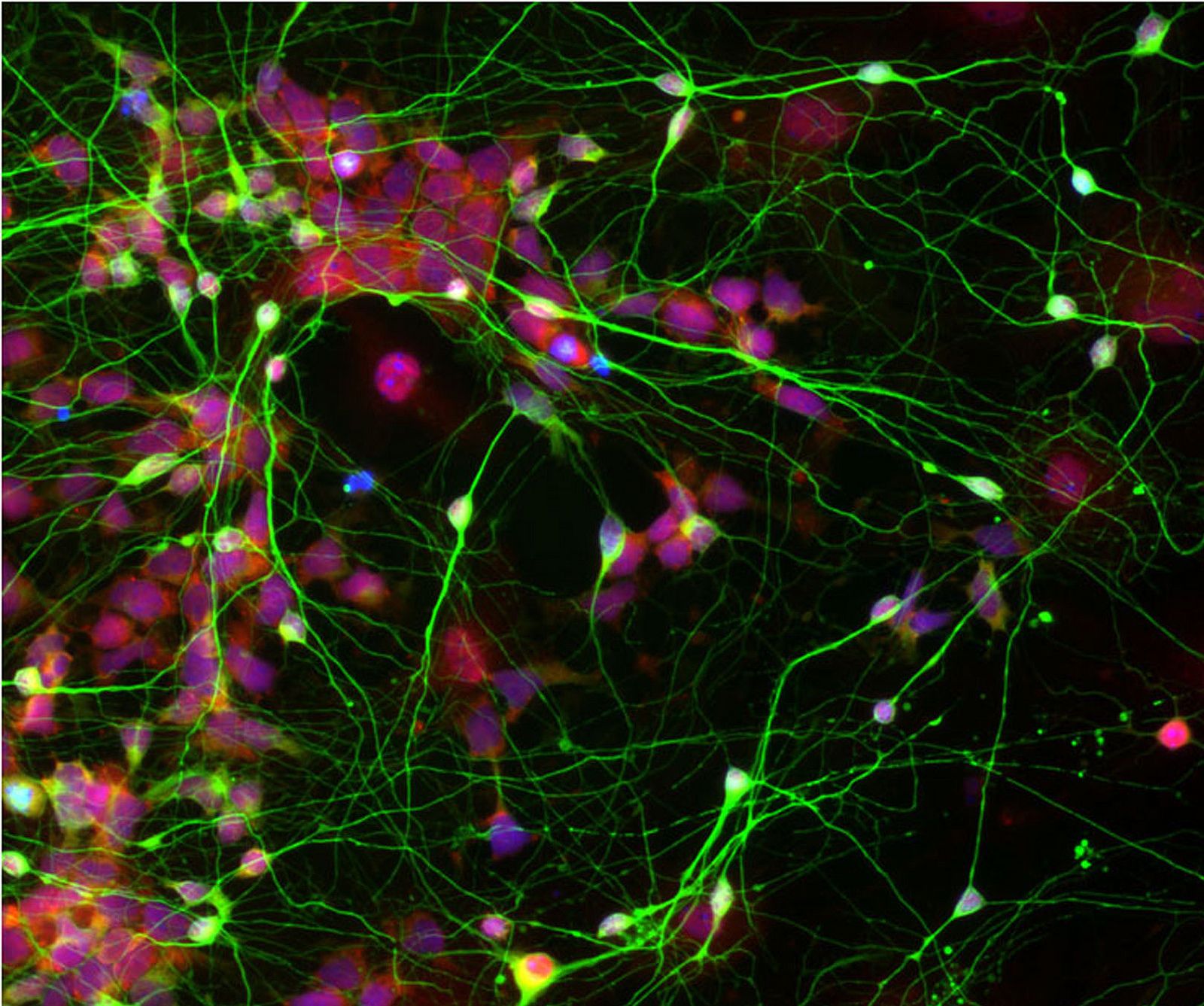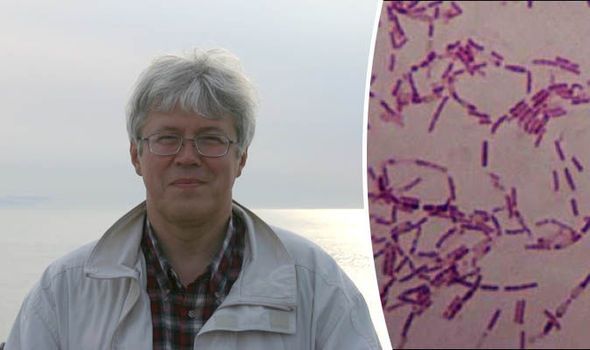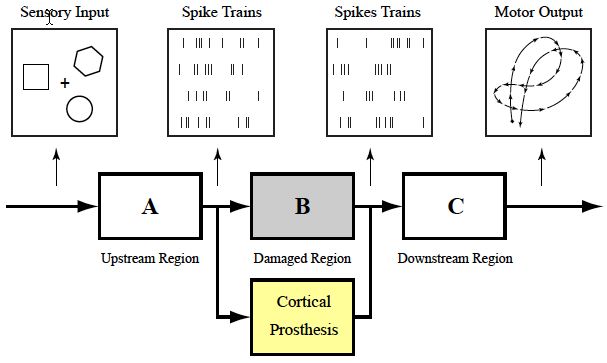
Could discovering how neural stem cells protect themselves from damage lead to treatment that helps combat aging?
We now know that stem cells in the brain do in fact divide, and that this regenerative capacity begins to falter with age. The majority of our cells don’t divide, and the bulk of division falls to stem cell niches dotted across our body. Stem cell populations do age, but they’re more resistant than ‘normal’ cells are, and they produce higher levels of telomerase — enabling them to divide for years.
How do brain stem cells remain free of damage?
Neural stem cells aren’t perfectly protected from aging, but they’re generally a hardier bunch. Scientists from the University of Zurich have now discovered that part of this aging resistance in neural stem cells is due to a ‘diffusion barrier’. When they divide, these cells produce a barrier which filters out damaged proteins to one side, allowing the new cell to be damage-free.
Read more








